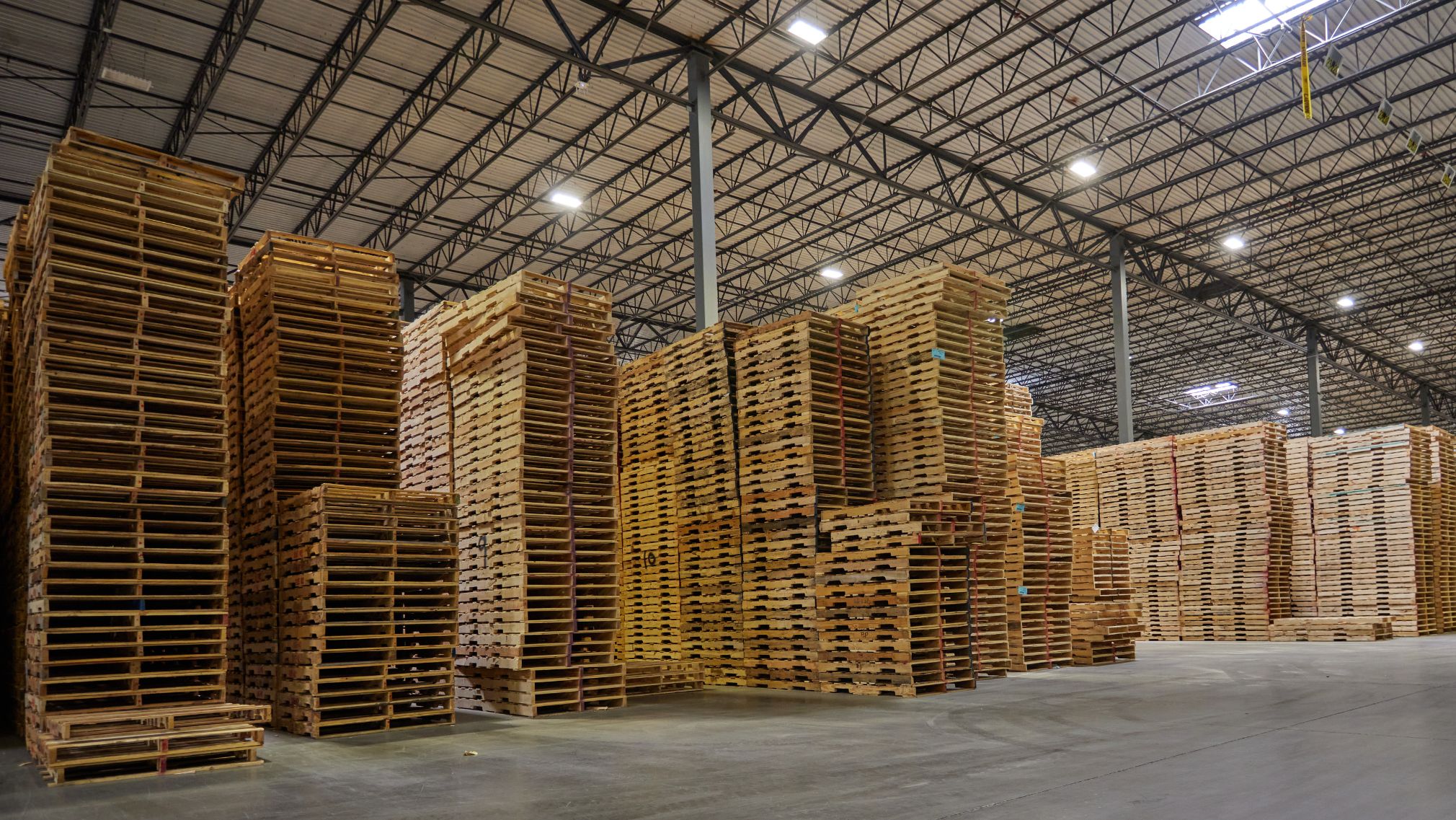Skid vs Pallet: Understanding the Difference and Why It Matters
Many people use the terms interchangeably, but there is a significant difference between skids and pallets, and knowing the difference can ensure you...
3 min read
UFP Packaging April, 8, 2025

The rapid adoption of warehouse automation systems is revolutionizing logistics and supply chain operations worldwide. The growth of e-commerce, labor shortages, and limited warehouse space have accelerated the need for automation in warehousing and distribution. As Automated Storage and Retrieval Systems (AS/RS) and pallet shuttle systems become more prevalent, pallet selection has become a critical factor in the success of automated warehouse systems, ensuring smooth operations and minimizing disruptions.
Several key factors are driving warehouse automation or smart warehouse integration, including the steady growth of e-commerce, labor shortages, and warehouse space constraints. Let’s explore each factor:
Warehouse automation addresses the challenges above, but what are the key systems being implemented? Two of the most popular solutions are AS/RS (Automated Storage and Retrieval Systems) and Pallet Shuttle Systems.
With these advanced systems powering smart warehousing, even a small hiccup can cause significant delays. One of the biggest culprits for such disruptions is the quality of the pallets themselves.
Automated systems thrive on consistency, so feeding the system uniform, high-quality pallets is essential for smooth operations. Newly manufactured pallets are the most ideal option as they are defect-free, ensuring reliability and avoiding system failures. Recycled or remanufactured pallets can also be suitable, but they must be thoroughly inspected before use to ensure they are free of defects that could disrupt operations.
Common defects to watch for in recycled pallets include:
These defects can damage machinery, halt production, or even pose safety risks for workers.
Now that we understand why automation is growing rapidly in warehousing and distribution, and why consistency in pallet quality is so important, let's discuss system pallets and their role in automation.
System pallets, also known as helper pallets or pallet retrieval boards, are used internally for automated operations. These pallets have a flush design, eliminating the risks of broken boards or protruding nails that could injure workers or halt production.
Stack of UFP Packaging system pallets with hand holes for easy handling
System pallets are the perfect complement to automated systems as they sit smoothly on conveyor belts, supporting the seamless movement of pallets through various processes. They also streamline automation by eliminating the need to transfer goods between inbound and system pallets -- simply place the palletized items directly onto the system pallet for automated handling.
These pallets are durable and designed for repetitive use in both AS/RS and pallet shuttle systems.
With the explosive growth of automated smart warehouses, the transformation in how manufacturers, warehousing, and distribution companies operate is undeniable. Since pallets are a critical part of this transformation, it is essential to choose a provider that delivers consistent quality solutions to ensure smooth integration with automated systems and maximize efficiency.
UFP Packaging manufactures system pallets with a range of customizable options to enhance your automated processes. Custom features include:
With more than 80 plants nationwide, we have the capacity to meet needs both small and large.
Click here to request a quote or schedule a consultation.
Want to receive all of the latest news and insights?

Many people use the terms interchangeably, but there is a significant difference between skids and pallets, and knowing the difference can ensure you...

Pallets are essential components in commercial and industrial operations. They are used daily to easily transport goods such as building materials,...

In pursuing operational excellence, businesses are increasingly reevaluating their strategies to navigate intricate supply chain dynamics. If your...